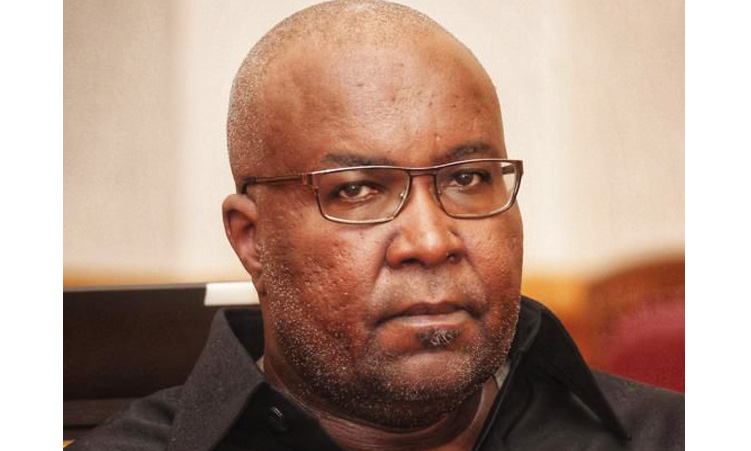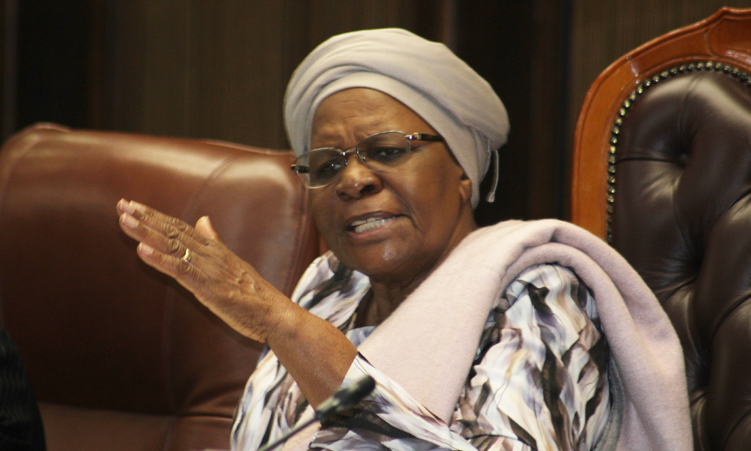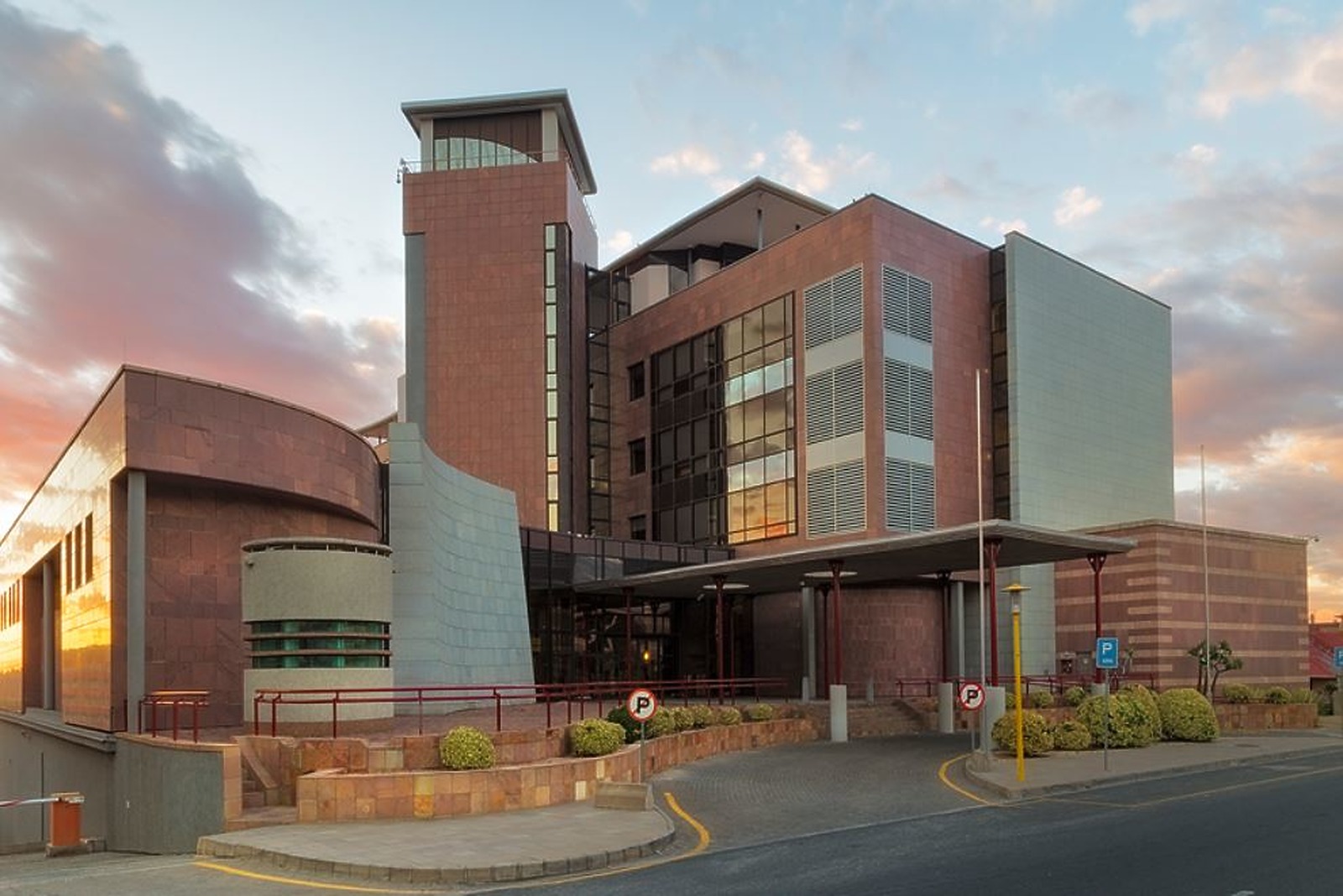This year has been an eventful one with several notable developments in the global and domestic economy.
The economy continues to face structural challenges, such as chronic high inflation, high levels of unemployment, weak institutions, a challenging business environment, high levels of public debt, rising inequality, high levels of food insecurity, and high levels of poverty.
Inflation remained uncomfortably rapid in October, despite moderation in fuel costs, but other commodities remained fragile.
Namibia’s annual inflation rate reduced by 5,7%, in November.
The constance in fuel prices is noteworthy, but doesn’t address the overall problem with inflation. Driving up such inflation was the rise in the prices for items such as electricity, fuel, food, and transport, exacerbated by the Russia-Ukraine war.
The cost of living is rising, creating new economic uncertainty at the tail end of a very uncertain three years.
If the persistence is rising inflation, you can rest assured the Bank of Namibia will act, however, the repo rate remains unchanged as per monetary policy committee decisions on 6 December.
We have also witnessed a decline in fuel prices to N$ 1,30 per litre.
Hence, fuel costs, linked with global oil prices and domestic taxation, further amplify inflationary pressure.
It is not all doom and gloom though, and the good news is that there is light at the end of the tunnel.
Global inflation is forecast to decline steadily from 8,7% in 2022 to 6,9% in 2023 and 5,8% in 2024 due to tighter monetary policy aided by lower international commodity prices.
Core inflation is generally projected to decline more gradually, and inflation is not expected to return to the target until 2025 in most cases.
We have witnessed declines in consumer price growth to below 5% in the United Kingdom (UK).
The United States (US) and Eurozone are fuelling expectations that central banks could take their feet off the brakes and pivot to cutting interest rates in the first quarter of 2024.
This is a turning point for inflation, which will help Namibia see a decline in inflation.
Therefore, globally, considering oil prices, crude oil is just under 2,5% of a typical inflation basket.
And that’s pretty much what’s going on at the moment.
Globally, inflation has begun to decline, primarily because energy prices have eased since the summer, and because supply chains, long gummed up by the pandemic, are operating more smoothly.
Yet inflation remains very far from the central bank’s 3,6% target.
Economic growth is officially projected to contract by 0,5% in 2024, bringing it to 3,4% after a growth forecast of 3,9% in 2023.
Furthermore, the Africa Development Bank projected Namibia’s real gross domestic product (GDP) to grow by 3,5% in 2023 and 3% in 2024 due to economic recovery – particularly in diamond processing and exports – and increased consumption in wholesale and retail trade and tourism.
The fiscal deficit is projected to decline. The country’s trade balance deficit is still high despite improvement in exports.
Therefore, Namibia should consider implementing policies that promote domestic production and reduce the country’s reliance on imports.
Additionally, the lack of sufficient, productive, and decent jobs is complicating efforts to end poverty.
Inequality is on the rise, according to a World Bank report indicating that Namibia’s Gini coefficient stood at 59,1, ranking as the second-most unequal country in the world.
The high public debt represents an impediment to sustainable economic growth and employment creation in the economy.
The huge debt stock has reduced the availability of both local and external resources for health-related investments.
The cost of servicing debt continues to crowd out fiscal resources that could have been invested in critical social services, such as healthcare and education.
This pessimism about the outlook creates a downside risk for the recovery and suggests that policymakers should be wary of removing supportive measures too rapidly.
DOMESTIC INFLATION
The recent reduction in inflation underscores sound economic policies.
Additionally, while there has been improved allocation and spending towards critical sectors of the economy, such as education, healthcare, and infrastructure, these improvements are slight against regional and international benchmarks.
The country has made some progress on the health front, with external financing from development partners contributing significantly to that progress.
The 2024 general elections represent a significant downside risk for the economy, which could potentially destabilise it, depending on how next year’s elections are financed and managed.
The access to and cost of funds remain a big issue for many Namibian companies.
With the commercial bank lending rate kept at 11,50%, businesses, especially small and medium enterprises (SMEs), could not successfully access capital.
Furthermore, the government amended its tender requirements, requesting businesses to provide liquidity assets that kill SMEs.
Additionally, oil discoveries in Namibia are likely to bring in the equivalent of N$53 billion in revenue for the state, a prominent global consultancy group has estimated.
This discovery would significantly improve energy security in a nation that relies heavily on petroleum imports.
The development of a consistent domestic energy supply would prove critical for the economy, while reducing imports from neighbouring countries.
Notably, the creation of a domestic petroleum market would create thousands of jobs for the local population across every industry in the value chain, while motivating the creation and establishment of various domestic companies.
The Bank of Namibia and the Ministry of Finance and Public Enterprises relaunched the SME Economic Recovery Loan Scheme on 2 February, with a share capital of N$500 million.
The relaunched scheme is a revamp of the earlier loan scheme, and is designed to provide SMEs access to government-guaranteed loans to help their businesses recover from the impact of Covid-19.
SMEs provide some form of employment and income to 160 000 people, representing approximately one third of the nation’s workforce.
In terms of full-time employment, this sector currently employs about 60 000 people.
GLOBAL INFLATION
For now, it looks like inflation will return to normal without a recession.
Even though inflation has been slowing, prices are still growing much faster than the central bank wants them to.
However, the escalation of worldwide geopolitical risks could result in oil price volatility.
The trajectory of the Russia-Ukraine conflict and the Israel war with Hamas heightens concerns about the global economy.
This has generated new geopolitical tensions, exposed the fragility of the international relations system, and pushed the world economy into breakdown.
As war rages on between Russia and Ukraine, and Israel and Palestine, a burgeoning geopolitical crisis is simmering in the background, which has major implications for the future of international trade.
Therefore, the challenge for all these increasingly nervous lesser powers is not just whether they can retain a degree of policy independence, but whether they can reconcile potentially incompatible geopolitical and geo-economic goals.
In conclusion, the prospects of the Namibian economy have a profound detrimental effect on the quality of life of Namibians.
Unrelentingly high unemployment, extreme inequality, and widespread poverty will continue to weigh heavily on Namibians in the medium term as long as structural impediments to growth remain unresolved.
- Josef Sheehama is a banking industry professional with 20 years’ experience. He writes in his personal capacity.
Stay informed with The Namibian – your source for credible journalism. Get in-depth reporting and opinions for
only N$85 a month. Invest in journalism, invest in democracy –
Subscribe Now!










